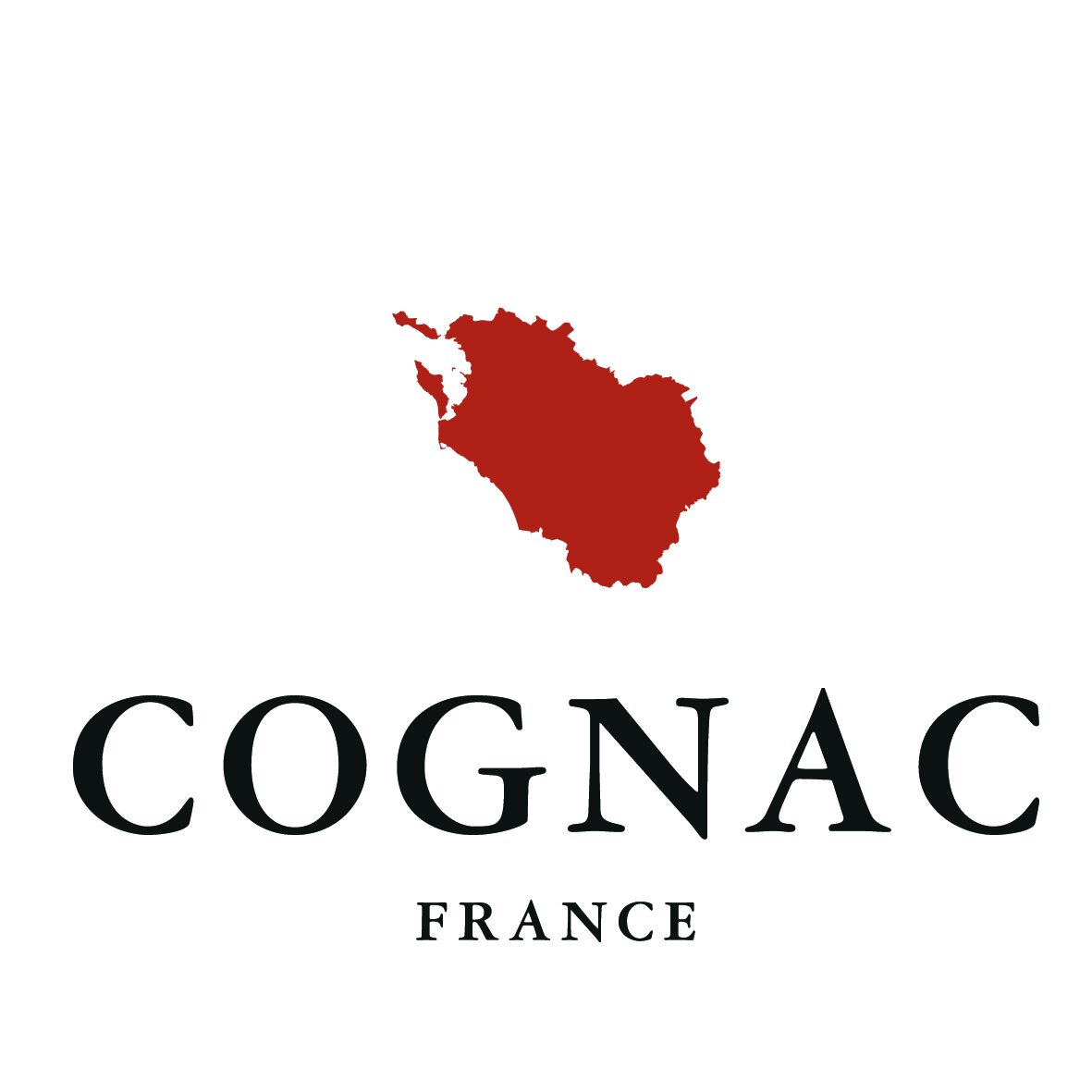What is Cognac?
France is a land of vineyards, and the southwestern region of Cognac is no different in that regard. But it is here, amongst the Charente River and chalky soils, that Cognac’s grapes are stripped down to their essence then built back up to the heights of aromatic richness through careful aging and masterful blending—a demonstration of heritage, expertise and the uniqueness of the region that has charmed imbibers for centuries.
From tending the vineyards and harvest to distillation, aging and blending, Cognac is the place where wine and spirit meet, producing a beverage that is both elegant and delicate, round and intense—singular in its existence.
The Vineyard
The gently sloping vineyards of Cognac are planted in six crus, effectively creating a bull’s eye that is centered on the village of Cognac: Grande Champagne, Petite Champagne, Borderies, Fins Bois, Bons Bois and Bois Ordinaires. Fine Champagne refers to a blend composed of Grande and Petite Champagne eau-de-vie, with at least 50% Grande Champagne. The qualities of each of the terroirs give the Ugni Blanc grapes—and eventually the eaux-de-vie—distinct profiles.
The Distillation
After the grapes have been made into a low alcohol, high acid white wine, double-distillation begins in special Charentais copper pot stills. Several steps can be taken to impact the overall flavor of the eau-de-vie: from full or partial lees removal to whether têtes (heads) and secondes (tails) are redistilled with either the wine or the brouillis (the first distillate).
The Aging
Cognac is a spirit of aging, which always occurs in wood casks. Many houses and producers have their own cooperages, where barrels are assembled from the wood grain of the producer’s choosing and toasted to order. Special care is taken in making the barrels, as they function as a ‘crib’ for cognacs, protecting and nurturing the cognacs as they mature and gain more flavor and roundness.
The Blending
As much as it is a region of aging, Cognac is equally known for blending, which helps maintain consistency while highlighting the distinctiveness of the crus. While all cognacs are required to age for a minimum of two years, the vast majority of houses and producers let their eaux-de-vie mature for much longer. The following classifications have been created as a guideline: V.S., with the youngest spirit in the blend is 2 years old; V.S.O.P., with the youngest spirit in the blend is 4 years old; and X.O., where the youngest spirit in the blend is 10 years old.
The Final Product
With aging and the many different decisions that can be taken up until bottling, Cognac is highly diverse, offering a stunning array of aroma and flavor profiles, as well as particular styles for each house or producer. From light and delicate to rich and bold, the aim of each cognac is the same: create an exceptional spirit that showcases the land and the base from which it is derived: the grapes.
About the Bureau National Interprofessionnel du Cognac:
The BNIC (Bureau National Interprofessionnel du Cognac) represents, fosters and protects the Cognac Appellation d’Origine Contrôlée in France and abroad. In the 150 countries where Cognac is sold, this AOC assures consumers a product of exceptional quality. With a membership that equally represents the agricultural and commercial interests of Cognac, the BNIC is the consultative and decision-making body for the 4,260 winegrowers, 120 distillers and 280 merchants of the Cognac appellation.
Credits for photos 1-3 and 5-6: ©BNIC / Stéphane Charbeau
Credit for photo 2 : ©BNIC / Benoît-Linero
Credit for photo 4: ©BNIC / Stéphane Charbeau / E.Rémy Martin & Co. / Seguin Moreau






